Type of Network Topology
Topology is the method in which networks are physically connected together which determines the complexity of connecting computers & the cost of network cable installation.
Types of Network Topology are:-
1) Bus Topology:-
Bus topology is a network where every computer & network device is connected to a single cable. In this only one computer can send data at a time. The network operating system keeps track of a unique electronic address for each node.
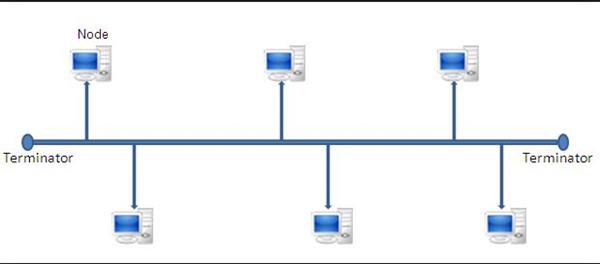
Advantages:-
-
It is a cost-effective & least cable required for connection.
-
Used in small network & easy to understand.
-
Easy to expand by joining two cables together.
Disadvantages:-
-
Cable fails then the whole network fails.
-
If network traffic is heavy then performance is low.
-
Cable has a limited length.
2) Ring Topology:-
It is called a ring topology because it forms a ring as each computer is connected to another computer with the last one connected to the first exactly two neighbors for each device. In this technique, one node transfers data to another neighbor node & then that node will transfer is to another & so on till destination.
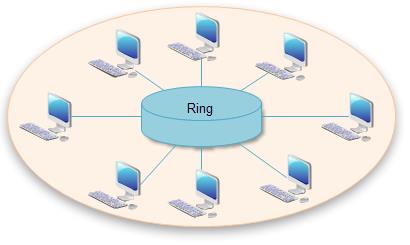
Advantages:-
-
The transmitting network is not affected by high traffic or by adding more nodes.
-
Cheap to install and expand.
Disadvantages:-
-
Troubleshooting is difficult in a ring topology.
-
Failure of one computer disturbs the whole network.
3) Star Topology:-
Each computer in this network is connected with a central hub which resends the manage to all the computer or only to the destination computer. We can expand the star network by adding more hub to it & form hybrid star topology.
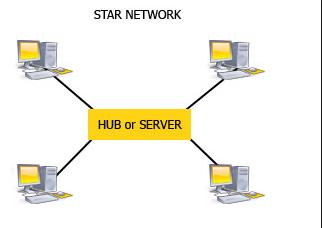
Advantages:-
-
Fast performance with few nodes.
-
Easy to troubleshoot & upgrade hub easily.
-
Only that node is affected which has failed the rest of the node work smoothly.
Disadvantages:-
-
Expensive because the installation cost is high.
-
If the hub is affected then the entire network stop working.
4) Mesh Topology:-
It is the point to point connection to each of the nodes. Traffic or data is carried out only between two devices or nodes connected. If a mesh network has n number of the node then, its physical links are n(n-1)/2.
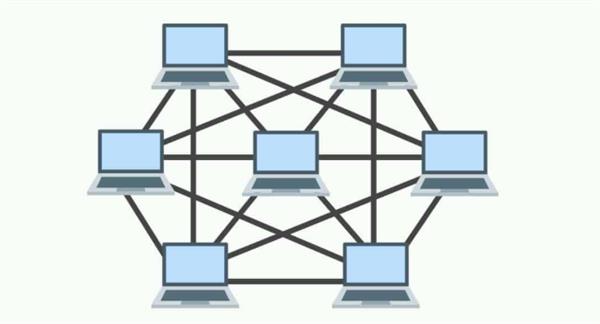
Advantages:-
-
Communication is fast between any two nodes.
-
The fault is diagnosed easily.
-
Each connection can carry its own data loads.
Disadvantages:-
-
Installation & configuration is difficult.
-
Cabling cost is more.
5) Tree Topology:-
It has a root node & all other nodes are connected to it forming a hierarchy. It is also called hierarchical. The topology should have three levels to the hierarchy. It is used in WAN.
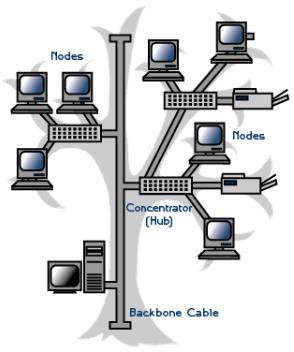
Advantages:-
-
Expensive of nodes is possible & easy.
-
Easily manage & maintain.
-
Error detection is easily done.
Disadvantages:-
-
Heavily cabled.
-
Very costly.
-
Central hub fails then network fails.
6) Hybrid Topology:-
If two or more than two topologies are mix with each other then. It is known as Hybrid topology. The exact configuration of the network depends on the need of overall organizational.
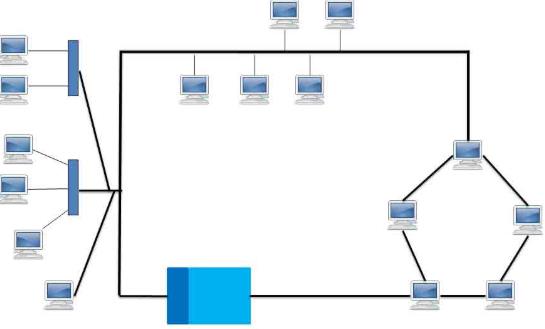
Advantages:-
-
effective & flexible.
-
Sealable as size can be easily increased.
Disadvantages:-
-
complex with design.
-
Costly.





